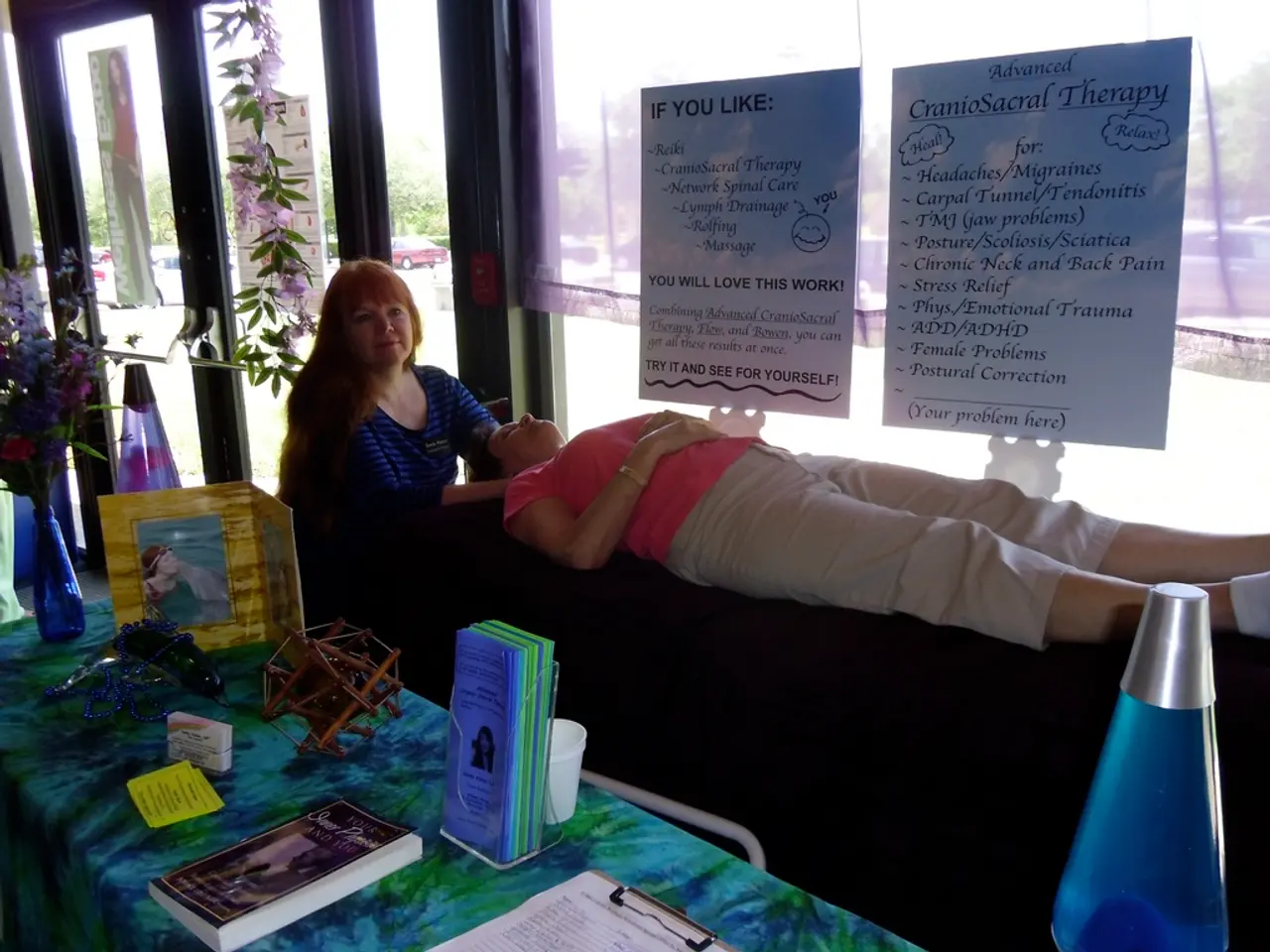Instructions for Working as a Fitness Trainer for Stroke Survivors
As a personal trainer working with stroke patients, it's crucial to understand the unique challenges they face and tailor exercise programs to address their specific needs.
Stroke patients may suffer from various impairments, such as hemiparesis (weakness on one side), balance deficits, and impaired coordination. These conditions significantly impact mobility and functional independence. Stroke types to be aware of are ischemic strokes, caused by blood clots blocking brain arteries, and hemorrhagic strokes, caused by bleeding in the brain.
One common complication for stroke patients is spasticity, or muscle stiffness, which further complicates mobility by restricting smooth movement and altering posture. Stroke patients frequently experience proprioceptive deficits, impaired awareness of limb position, which negatively affects balance, coordination, and motor control of the lower extremities. This can reduce walking ability and increase fall risk.
To help stroke patients regain their mobility, exercise programs should focus on neuromuscular re-education, progressive gait training, core stability exercises, and spasticity management. Neuromuscular re-education targets proprioception and balance, while gait training restores walking patterns, including walking on varied surfaces and stairs if feasible. Core stability exercises improve trunk control, while spasticity management may incorporate modalities like electrical stimulation or aquatic therapy to support muscle function.
Setting achievable goals is essential for stroke patients' recovery. SMART fitness goals should be incorporated, following the pattern of Specific, Measurable, Achievable, Realistic, and Timely.
Communication is key when working with stroke patients, as strokes can affect their ability to communicate effectively. Adapting the way you communicate with them, keeping questions simple, and eliminating distractions can help facilitate a more successful training session.
Monitoring vital stats such as body temperature, pulse rate, respiration rate, blood pressure, and glucose levels is important to help prevent the risk of another stroke. High blood pressure is a leading cause of hemorrhagic strokes, and blood pressure levels should be observed to monitor the pressure being placed on the client's blood vessel.
Blood sugar levels should also be monitored to prevent damage to vessels and the risk of strokes. Clients should test their blood sugar levels prior to every session.
Medical experts believe that the brain can heal itself through a process called neuroplasticity, which refers to thoughts, exercises, and neural-pathway rerouting. Repetition is an important aspect of neuroplasticity and can stimulate neuroplasticity as when an action is done frequently, the brain will learn how important the task is.
PT exercises for stroke patients can have mental health benefits, including reduced risk of depression, improved sense of worth, and relieving general feelings of stress. To overcome aphasia, stroke experts recommend keeping questions simple, keeping instructions direct, providing clients with time, and eliminating distractions.
In conclusion, understanding stroke type helps gauge likely impairments, but the primary mobility challenges involve hemiparesis, proprioceptive loss, balance deficits, and spasticity that must be addressed through targeted, progressive interventions to restore walking and functional independence. Acquiring the necessary knowledge required to train stroke patients is crucial, and ongoing research and study are necessary to gain a deeper understanding of what kind of exercises will benefit the patients.
- Ensuring that exercise programs are tailored to stroke patients' specific needs, such as addressing hemiparesis, balance deficits, and impaired coordination, is crucial for helping them regain mobility.
- Focusing on neuromuscular re-education, gait training, core stability exercises, and spasticity management can be effective in restoring walking patterns and improving trunk control.
- Setting SMART fitness goals is essential for stroke patients' recovery as it provides a structured and achievable approach to their rehabilitation.
- Communication is key when working with stroke patients as strokes can affect their ability to communicate effectively, so adapting the way you communicate with them, keeping questions simple, and eliminating distractions can help facilitate a more successful training session.
- Monitoring vital stats like blood pressure and glucose levels is important to help prevent the risk of another stroke, as high blood pressure is a leading cause of hemorrhagic strokes and uncontrolled blood sugar levels can damage vessels and increase the risk of strokes.
- Neuroplasticity, the brain's ability to heal itself, plays an important role in stroke rehabilitation. Repetition is an important aspect of neuroplasticity and can stimulate the brain to learn new patterns, leading to improved mobility and mental health benefits, such as reducing the risk of depression, improving self-worth, and relieving stress.




